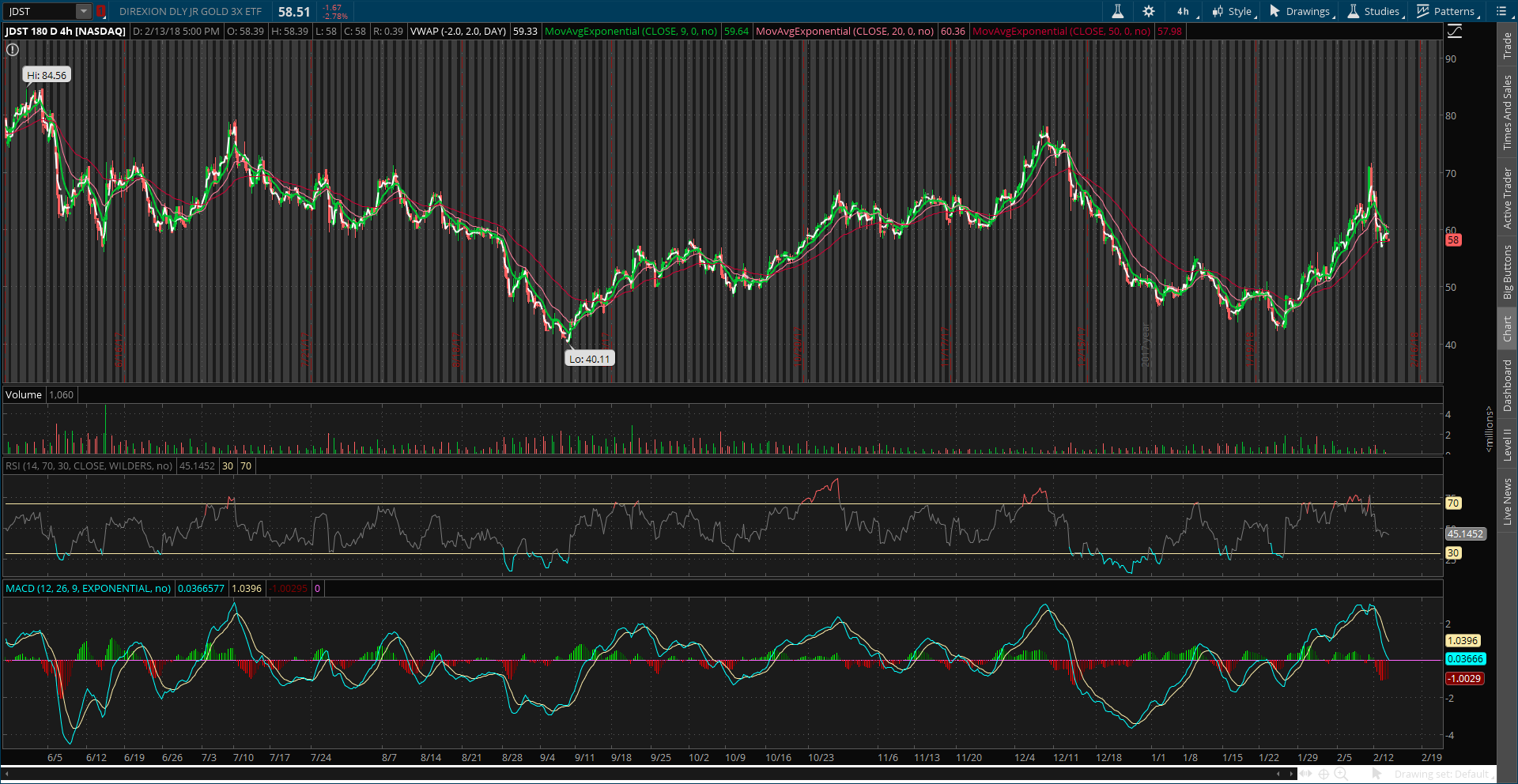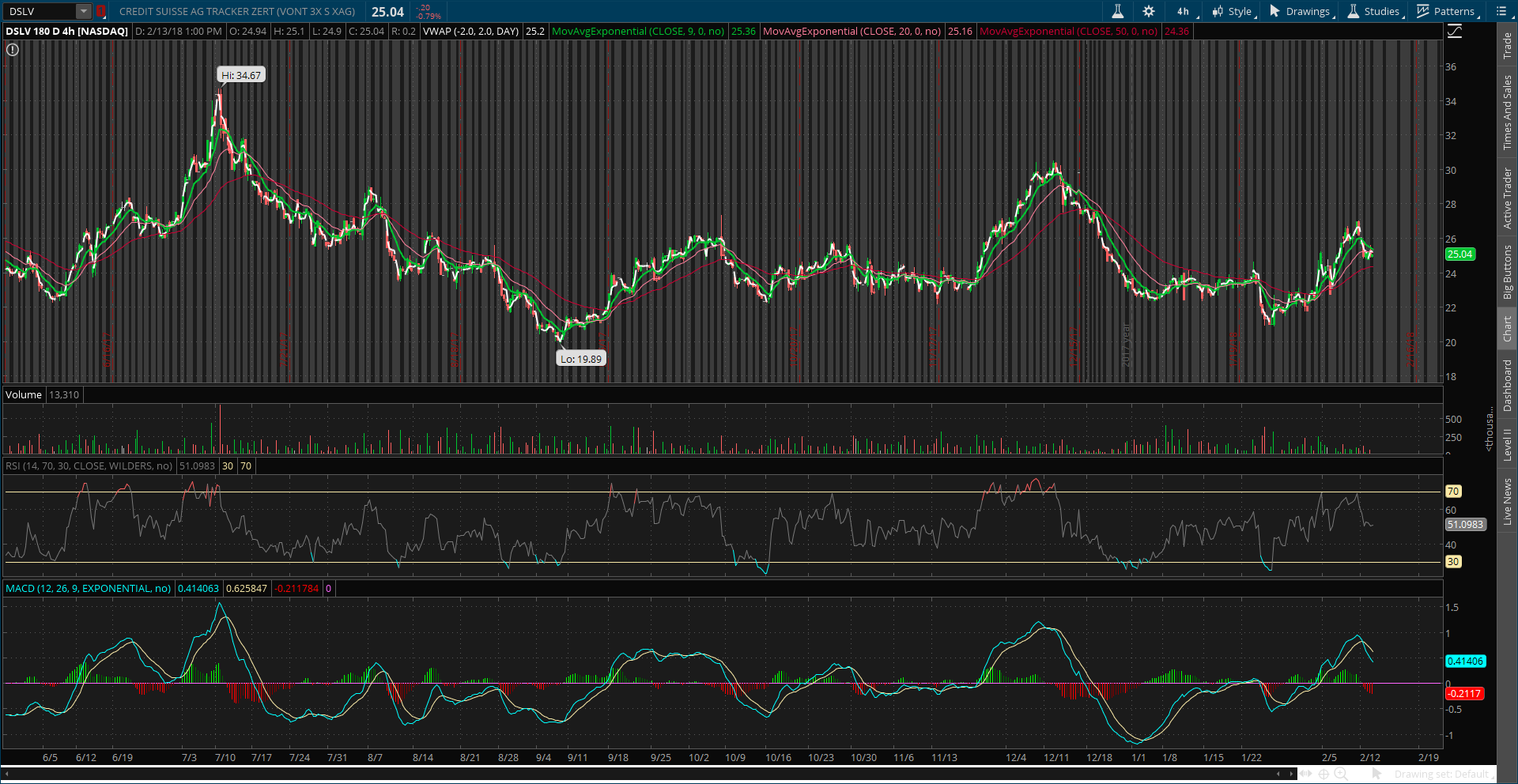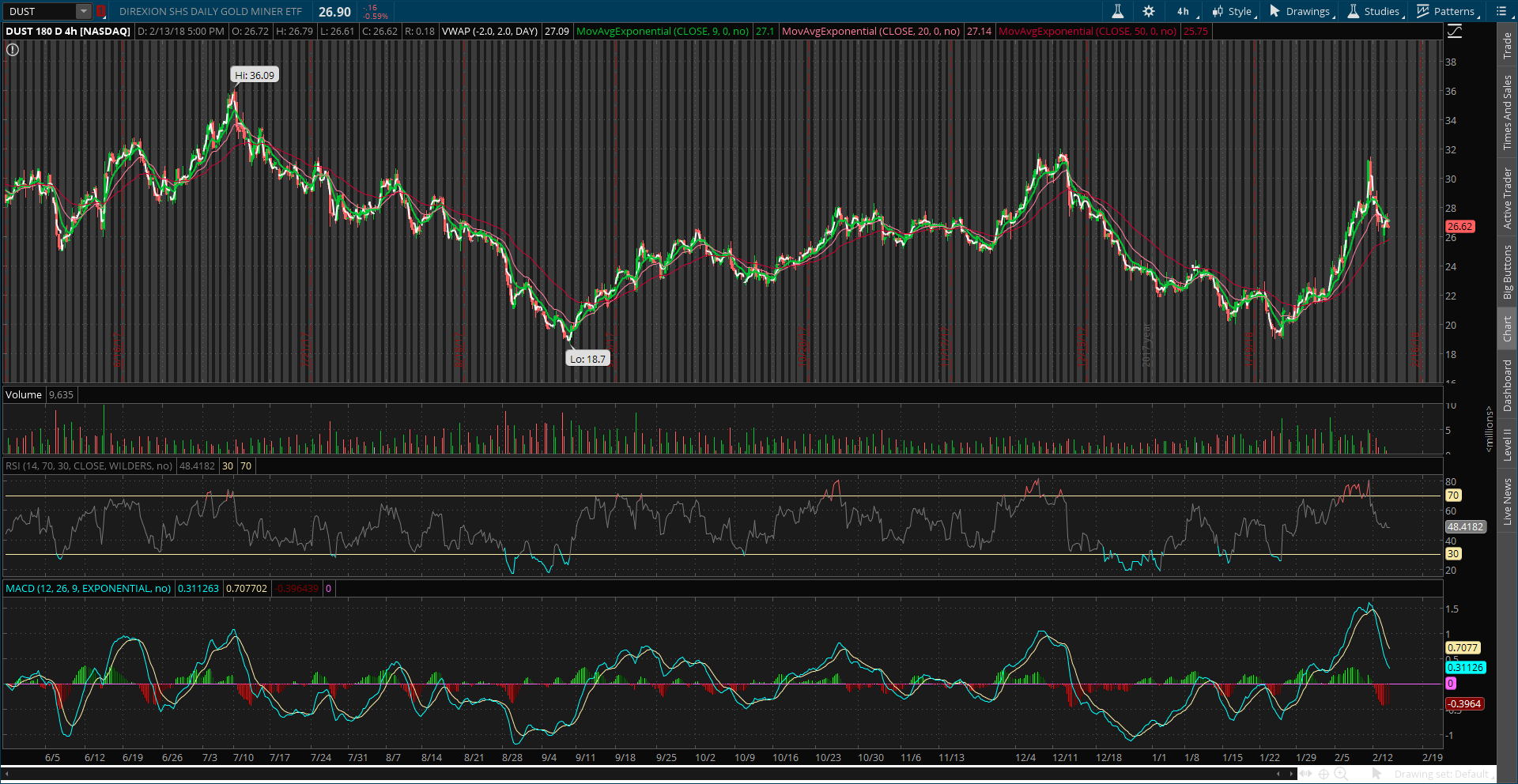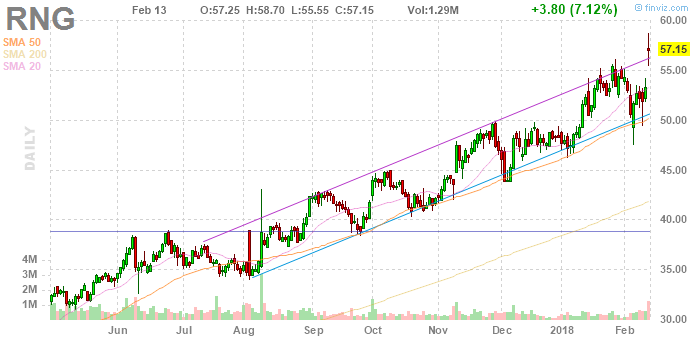| ♥ 0 |
Hi Pete, This for this wonderful site, so much to learn … cant sleep tonight want to finish all in one day 😉 . really nice site and very good job done brother. I was wondering is it possible to make a scanner to find a pattern which makes M or W form (on thinkorswim), Example Screenshots attached, Or something like stares format stocks UP trend and downtrend. I am new to Trading, please help 😉 Regards, Harinder RESOLVED
Marked as spam
|
|
Private answer
I don’t do complex price patterns. Makes my brain hurt. Seriously, there is so much variation you have to account for it’s nearly impossible to do well. Do you know of an indicator or website that provides scans for these? Does it work well? I haven’t found any. If you do find one, pay the premium if the pattern makes you money. My suggestion? Move on and forget about these things. The human eye sees faces in the clouds. Faces that aren’t really there. Likewise the human eye easily interprets patterns in the charts which are: 1. Not repeated 2. Do not predict future price The closest I have come to building a scan to detect this sort of thing is here: https://www.hahn-tech.com/ans/flat-base-breakout-scans/ I recommend you focus on chart studies that detect price consolidation and expansion. Those will cover the sort of pattern you think you are looking for. More importantly, they will pick up price consolidations that have no distinctive pattern whatsoever.
Marked as spam
|
Please log in to post questions.





Thx Pete, what i was thinking to do was adding this pattern to some other studies like RSI and MACD, and find good stocks. But i think we can find uptrend and low trend like stares, IF low of this week is high from low of this month and low of this month is high from low of last month and low of last month is high from the previous month… this way we can get uUP and Low trend. but not sure how to code :), do you think this is possible ?
Well you have some obvious issues with this approach. And that is you are stating the values must be equal. (low of this week is equal to high from low of this month). Extremely rare, especially after you add the other requirements.
Prices just don’t behave that way. You can get close, but almost never an exact match. So then you have to apply a tolerance factor. And that needs to be expressed as a percent, so the higher and lower priced stocks are treated equally.
Just play around with some moving averages on charts that display the behavior you are seeking. Then we can build something based on the relationship of those moving averages. This is not a precise science. There is far more variability in these patterns than you realize. Trust me.
THx, I am using this
def twoPercentGain = 100 * (close / close[1] – 1) >= 2.0;
def threeBarsOfGain = twoPercentGain[2] and twoPercentGain[1] and twoPercentGain;
plot scan = threeBarsOfGain;
for the scan, one of your scan … and it gives me uptrend stocks in 2 days … That gave me an idea of making same for weeks and months, dont know if i am right or wrong …
Well if you have this code and it works, you only need to change the aggregation period of the Study Filter in order to adapt this to weekly and monthly time frames. For that matter, if you wanted to combine all three time frames, you simply add a separate study filter for each time frame you want to include.
? … i dont how to code ? … can you please help me with this please ? … Thx
I don’t understand what you are requesting. You already have the code. You just posted a copy of your code in a previous comment. Since you already have the code, you don’t need help with the code.
threeBarsOfGain = twoPercentGain[2] and twoPercentGain[1] and twoPercentGain;
That line of code is checking of the current bar is 2% above the previous bar, then checking if the previous bar is 2% above the one prior to that. Then checking if that bar is also 2% above it’s previous bar. So you have three bars in a row, each with 2% gain or more. This is exceptionally rare, unless you apply it to a weekly or monthly time frame. In order to do 10 consecutive bars of 2% gain each , is exceptionally rare. Bordering on the absurd.